Spanish fruits are fruits that are widely grown and consumed in Spain. Many of these options have been part of Spanish cuisine and culture for thousands of years, whereas others have a shorter history with the land.
Fruits in Spain are plentiful and vary significantly according to the region. For example, Spain is one of the few places in Europe that can grow subtropical fruits naturally.
Meanwhile, the sunny coasts of Spain are home to many Mediterranean fruits, especially grapes, that are widely used in many healthy Spanish dishes and beverages. Temperate fruits are also a common sight in local supermarkets.
Keep scrolling down to discover the most well-known 19 fruits in Spain. Next, I will cover the factors that make Spanish fruits stand out from the crowd.
After that, you will explore some Spanish dishes and beverages that feature fruits, followed by a bonus section on the best vegetables in the country.
19 Splendid Spanish Fruits with Filters
These are the popular fruit choices in Spain that you should know. Let the filter system give you a hand in categorizing the fruits used in dishes, beverages, and garnish.
Later on, find out the fruits that are native, non-native, and national fruits in Spain.
Grape
- For Beverages
- National
- Native
Grape is an iconic fruit in both the long wine-making tradition and the cuisine of Spain. The cultivation of grapes for wine production in Spain dates back to Roman times and even earlier.
The highly sought-after variety in the country is the Mencia grape, which thrives in the cool, mountainous terrains. This grape variety is small, floral-tasting, and has a dark purple appearance, yielding wines with a vivid ruby color.
Other household names in Spain include the red grape Tempranillo and the white grape Airén.
The Twelve Grapes is an exciting Spanish tradition of welcoming the New Year that dates back to the early 20th century. When the clock strikes midnight on December 31st, people eat twelve grapes, one for each chime of the clock
Orange
- For Beverages
- For Garnish
- Non-Native
Orange is the most popular citrus fruit in Spain. Hailing from a region between China, India, and Myanmar, it was brought to Spain by the Moors after their conquest of the Iberian Peninsula in the 8th century.
Oranges flourish in Spain’s warm Mediterranean climate and bear fruit from late winter through spring. Spanish oranges are famous for their bright, vibrant skin and succulent pulp bursting with sweet juice.
The Valencia orange is the most well-known Spanish orange variety, followed by the blood orange with crimson flesh. Interestingly, oranges were chosen as the official mascot for the 1982 FIFA World Cup held in Spain.
Olive
- For Dishes
- National
- Native
Olive is an enormously important fruit in Spanish culture and cuisine, with Spain being one of the world’s largest producers of olives and olive oil.
The history of olive production in Spain dates back to ancient times when the Phoenicians, Greeks, and Romans constantly cultivated and consumed the fruit. Spanish olives vary widely in type and flavor, from the small, black Arbequina to the large, green Manzanilla.
There are more than 200 olive varieties in Spain, so locals never run out of options. Apart from making olive oil, this iconic Spanish fruit is also cured and served alongside various local snacks as part of tapas.
Strawberry
- For Dishes
- Non-Native
Strawberry is a well-known seasonal fruit in Spain. Depending on the variety, its main season runs from April to May.
The history of strawberries in the country began in the 1960s when large-scale cultivation began in Huelva in southwestern Spain, which continues to be the country’s main strawberry-producing region.
Spanish strawberries have a large size, a bright red hue, and an intense sweetness and juiciness, which partly comes from the mild, sun-drenched climate. These juicy fruits are suitable for eating fresh and preparing jams, jellies, and smoothies.
Watermelon
- For Beverages
- For Dishes
- Non-Native
Watermelon is a refreshing Spanish summer fruit. Indigenous to Africa. It was brought to Spain by the Moors in the 13th century, and southern Spain was the first realm in Europe to cultivate watermelons on a large scale.
Like watermelons in other parts of the world, the Spanish varieties sport a thick green rind and vibrant red, juicy flesh speckled with black seeds. Flavor-wise, they are sweet and highly hydrating.
Spaniards often consume watermelons fresh or use them in fruit salads and summer drinks, making good use of their high water content.
Lemon
- For Beverages
- For Garnish
- Non-Native
Lemon is a ubiquitous citrus fruit in the sun-drenched lands of Spain. It is predominantly cultivated in the country’s eastern regions, such as Valencia and Murcia.
Fino and Verna are the two most popular lemon varieties in Spain. Both are characterized by bright yellow, glossy rinds rich in essential oils and juicy pulp offering a perfect balance of tartness and acidity.
Lemon juice and zest are essential ingredients in many Spanish recipes, especially marinades, dressings, sauces, baked goods, and cocktails. Their refreshing flavor greatly elevates the flavors of seafood, poultry, and salads.
Spaniards often joke that people in Murcia add lemons to everything, which highlights the importance of this citrus fruit in local cuisine.
Avocado
- For Beverages
- For Dishes
- Non-Native
Avocado is a sought-after Spanish berry fruit of Central American origin. The Spanish brought it back from the New World in the 16th century and attempted to grow it in their own soil.
Nowadays, the Andalusia region, especially Granada, is the main supplier of avocados for Spain, producing more than 100,000 tons of avocados every year. The large-sized Hass avocado is the most common variety.
With a slightly bumpy dark green or purplish-black exterior, avocados in Spain are creamy, buttery, and nutty in flavor. They are a favorite ingredient for spreading on toast, blending into smoothies, enriching salads, or simply consuming on their own.
Persimmon
- For Dishes
- Non-Native
Persimmon, also known as kaki, is a well-known berry fruit in Spain. Hailing from China, it is widely grown in Valencia on the Spanish eastern coast.
While persimmon appeared in Spain in the 17th century, the dominant persimmon variety, Rojo Brillante, only emerged in the 1950s.
Persimmons are harvested in autumn, presenting a vibrant orange hue that beautifies the Spanish fall palette. Their honeyed, pudding-like flesh that lies beneath the smooth orange skin is ideal for spooning out and consuming fresh.
However, Rojo Brillante is an astringent persimmon variety and can leave a nasty feeling in your mouth if not ripe enough, so don’t forget to check its ripeness beforehand.
Santa Claus Melon
- For Beverages
- For Dishes
- Non-Native
Santa Claus melon, also known as Christmas melon or piel de sapo (literally “toad skin”), is a beloved melon variety in Spain. It boasts an incredibly long shelf life, which numbers 2 – 3 months and can stretch beyond the winter holidays, hence the name.
As for the “toad skin” part, the Santa Claus melon sports an elongated shape and mottled green rind that resembles the skin of a toad. The flesh inside is pale green or white, crisp, and incredibly sweet, similar to a blend of pears and honeydew melons.
Mainly cultivated in Spain’s warm regions, Santa Claus melons are harvested from summer to late fall and can be found in winter months. Eating this melon fresh is the simplest way to enjoy its exquisite flavor.
Cherimoya
- For Beverages
- For Dishes
- Non-Native
Cherimoya, also known as custard apple, is a heart-shaped aggregate fruit in Spain. Its local name is chirimoya, according to the Spanish spellings.
Originating from the Andes, cherimoya found its way to Spain through Spanish traders and missionaries in the 18th century. Its skin is green with a pattern of bumpy indentations, while the white and creamy interior is dotted with black seeds.
The sweet and custardy flesh of cherimoya offers a blend of banana, pineapple, and strawberry flavors. This fruit is excellent for eating raw, making smoothies, and preparing ice creams.
Quince
- For Dishes
- Non-Native
Quince is a golden-yellow fruit widely found in Spain and throughout the Mediterranean. Its history dates back to antiquity and is traditionally associated with love and fertility.
Although related to apples and pears, quinces are fragrant yet too hard and tart to be edible in their raw form. Therefore, Spanish people often cook them with sugar or other condiments, transforming them into a pinkish-orange color and awakening their sweetness.
Cooked quinces are an ideal ingredient for preparing desserts, jams, and even savory dishes. The quince harvest is a harbinger of the end of fall.
Loquat
- For Dishes
- Non-Native
Loquat, also known as níspero, Japanese plum, or Chinese plum, is an aromatic and highly prized stone fruit in Spain. As a small and round fruit, it has an orange skin with a tangy and sweet flavor that hints at peaches and mangoes.
A typical loquat is characterized by a smooth, orange skin. This fruit is often eaten fresh but can also be made into jams, jellies, and even wine.
Originating from southeast China, loquats came to Spain in the 18th century. Today, Spain is the world’s second-largest loquat producer, and Spanish loquats are in high demand worldwide.
Fig
- For Dishes
- Native
Fig is a fantastic fruit indigenous to Spain and the rest of the Mediterranean. It is typically harvested twice a year, once between late spring and early summer and again in late summer through early fall.
As a type of false (or multiple) fruits, figs sport a plump shape with soft and purple or green skin. Slice it open, and you will notice succulent red or purple flesh teeming with tiny seeds.
Figs are known for their sweet, honey-like taste. The first season (called “brevas”) produces large and fragrant figs, while the second season (called “higos”) results in sweeter fruits.
Most figs in Spain are dried and served on their own or in various dishes, from tapas to desserts. The Spanish expression “de higos a brevas” means something like “from time to time” or “once in a blue moon.”
Peach
- For Dishes
- Non-Native
Peach is a popular Spanish stone fruit of Chinese origin. Around Roman times, it was brought to Spain, from which the fruit spread to the Americas in the 16th century.
The regions of Andalucia, Murcia, and Aragón are the centers of peach cultivation in Spain. Melocoton de Calanda is a renowned peach variety that appeared in Aragon in the 19th century.
Spanish peaches display velvety skin with a beautiful spectrum of colors from yellow to deep red. Their juicy and succulent flesh is sweet yet mingled with a hint of acidity.
As a famous summer fruit, peaches appear in many refreshing salads, desserts, and beverages. They are great for raw consumption, too.
Cherry
- For Dishes
- For Garnish
- Non-Native
Cherry is a small and often heart-shaped stone fruit widely enjoyed in Spain. The provinces of Alicante, Cáceres, Jaén, and Valencia are the best places in the country to find it.
Dating back to Roman times, Spanish cherries deliver a deep red color, a glossy appearance, and juicy flesh with a sweet-tart flavor. Their brief season is a delight of spring and summer.
Spanish people love enjoying cherries straight from the tree, using them in jams, and adding them as garnishes for cocktails and punch drinks. Various regions in the country hold the “fiesta de la cereza” (the cherry festival) every year to celebrate this delicious fruit.
Apple
- For Beverages
- For Dishes
- Non-Native
Apple is a versatile Spanish fruit with ancient roots stretching back to the days of the Celts and Romans. It is mainly grown in northern Spain’s cooler, rain-fed regions, such as Asturias.
In Spain, apples vary in color from green to yellow and red, possessing a crisp texture and a balance of sweetness and acidity. These fruits are ideal for fresh consumption, baking, cooking, and preparing beverages, especially juices and cider.
While Asturias alone has hundreds of apple varieties, common names like Granny Smith, Golden Delicious, and Reineta account for the majority of Spanish apples. The country has to import a great number of apples to meet its insatiable demand.
Pear
- For Dishes
- Non-Native
Pear is a sweet, bulbous fruit that has been cultivated in Spain for millennia. Originating from Central Asia, it has long found a home in various Spanish regions, especially in Catalonia.
The main characteristics of pears are an elongated, rounded shape and yellowish skin. Most pears possess sweet, juicy, white flesh that is eaten fresh or used in cooking and baking.
The pear season in Spain often peaks from July to August, making it an excellent summer fruit. People usually pick pears off before they are fully mature and let them continue ripening at room temperature.
Pomegranate
- For Beverages
- For Garnish
- Native
Pomegranate is a famous red fruit deeply embedded in Spanish history and culture. Native to modern-day Iran, it was brought to the coastal region of Spain thousands of years ago.
Beneath the tough, reddish skin of a pomegranate are red, jewel-like seeds teeming with sweet juice. These seeds are the edible part and can be consumed fresh, juiced, or sprinkled over salads.
The pomegranate season in Spain varies according to region, but it often runs from October to February.
In Spanish, pomegranates are known as granada, after which the province of Granada might be named. A pomegranate also appears in the coat of arms of the provincial capital city.
Blueberry
- For Beverages
- For Dishes
- For Garnish
- Non-Native
Blueberry is a beloved berry fruit in Spain. Compared to other fruits, it is a relatively recent introduction since it was only brought to Spain in the early 20th century.
Nowadays, the province of Huelva is the major blueberry-producing region in the country. This locality brings tens of thousands of tons of sweet and juicy blueberries to the market every year.
Interestingly, a large proportion of Spanish-grown blueberries are exported to other countries rather than domestically consumed. However, more and more Spaniards are becoming interested in eating raw berries or using them in baked goods, smoothies, and beverages.
After giving detailed descriptions of these splendid Spanish fruits, I’ll proceed to discuss the general characteristics of fruits found in Spain.
After giving detailed descriptions of these splendid Spanish fruits, I’ll proceed to discuss the general characteristics of fruits found in Spain.
What Are the Main Characteristics of Fruits in Spain?
Here is everything you need to know about the factors that shape the development of Spanish fruits and make them so amazing.
Diversity
Thanks to their country’s diverse climates, Spanish people have long cultivated a large number of fruits. Northeastern Spain has a subtropical climate, while the coastline is home to the Mediterranean climate, and the central plateau is more continental in nature.
A result of such diversity is the high degree of seasonality in Spanish fruits, with many different options for spring, summer, fall, and winter.
Mediterranean Cuisine
Local fruits that offer vibrant colors and intense flavors are an important part of the Mediterranean diet in Spain, contributing to the healthy aspects of Spanish cuisine.
Traditional Farming Techniques
Many areas in Spain still practice traditional, sustainable farming methods that enhance the taste and quality of their produce.
Exportation
Spain is one of the world’s leading exporters of fruits, particularly citrus fruits, melons, berries, and stone fruits.
These conditions result in a large number of fruits suitable for both raw consumption and cooking. Read on to discover the applications of fruits in Spanish dishes.
What Are Some Spanish Dishes That Incorporate Fruits?
The following Spanish dishes are delicious options that are prepared with fruits.

Gazpacho
Gazpacho is a Spanish cold soup made with various herbs, raw vegetables, and olive oil. Modern recipes often feature fruits like watermelons, grapes, strawberries, and avocados.
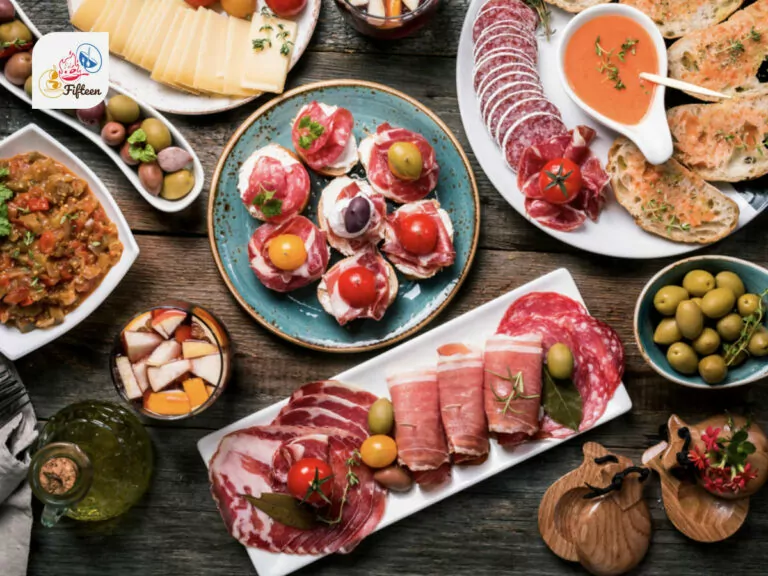
Tapas
Tapas refers to small savory dishes that are often served as a snack or part of a larger meal in Spain. Cured olives are an important part of tapas.
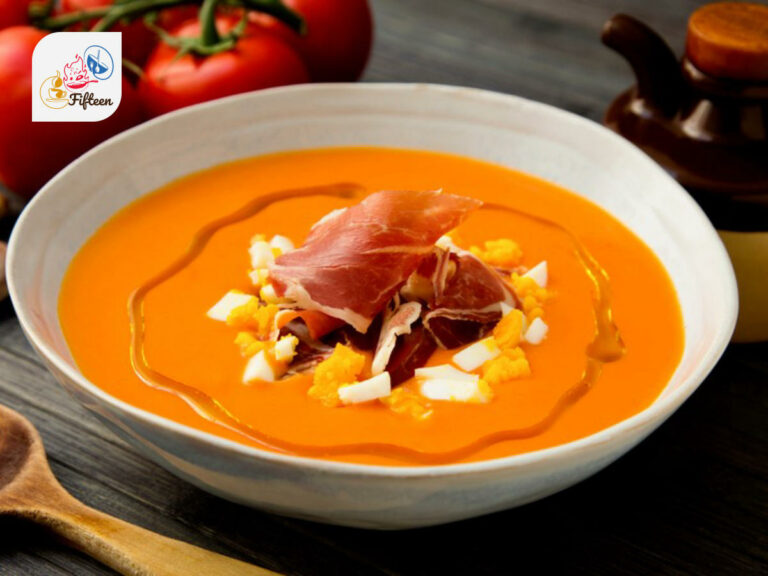
Salmorejo
Salmorejo is a cold, creamy Spanish soup featuring ripe tomatoes, bread, garlic, and olive oil.

Montadito
Montadito is a small, open-faced Spanish sandwich consisting of a crusty bread base and various toppings, namely cold cuts, seafood, cheese, and olives.
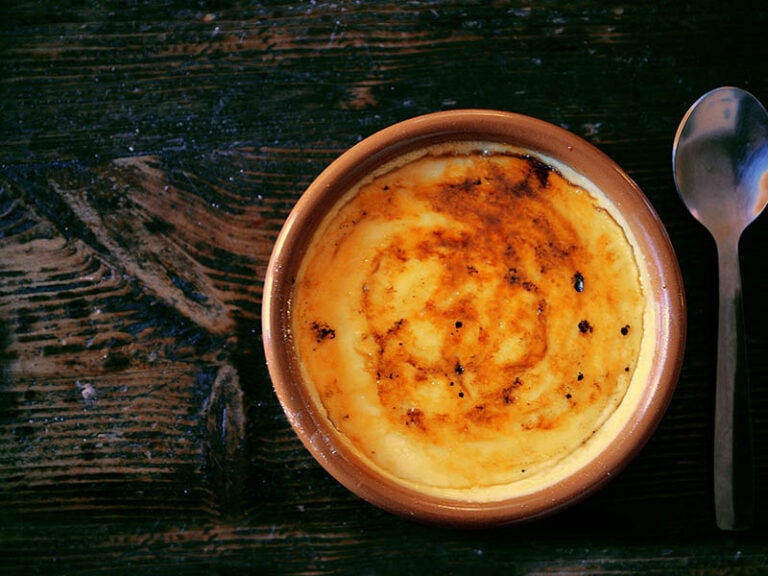
Crema Catalana
Crema catalana is a Spanish custard dessert made from milk, eggs, cornstarch, and lemon peel or cinnamon.

Arroz con Leche
Arroz con leche is a Spanish rice pudding dish flavored with cinnamon and fresh lemon rinds or lemon extract.
Feel free to check out more delicious dishes from Spain if you want to experience the full depth of Spanish cuisine.
Beverages play an important role in making your Spanish food experience complete. Let’s discover the best beverages made with fruits next.
What Are The Spanish Beverages That Utilize Fruits?
Below is a concise list of the most prominent Spanish beverages with fruits as the main ingredient.

Sangria
Sangria is an iconic Spanish mixed alcoholic beverage consisting of red wine and chopped fruits, namely oranges, grapes, peaches, apples, strawberries, and pears.

Tinto de Verano
Tinto de verano is a popular cold cocktail Spaniards prepare by mixing one part lime-flavored soda and one part red wine.

Agua de Valencia
Agua de Valencia is a Spanish cocktail from the coastal city of València. Its main ingredients are orange juice, cava (a type of Spanish sparkling wine), and spirits.

Zurracapote
Zurracapote is a Spanish mixed alcoholic beverage made with red wine, dried fruits, fruit juices, and spices. It often incorporates peaches, lemons, oranges, grapes, and strawberries.
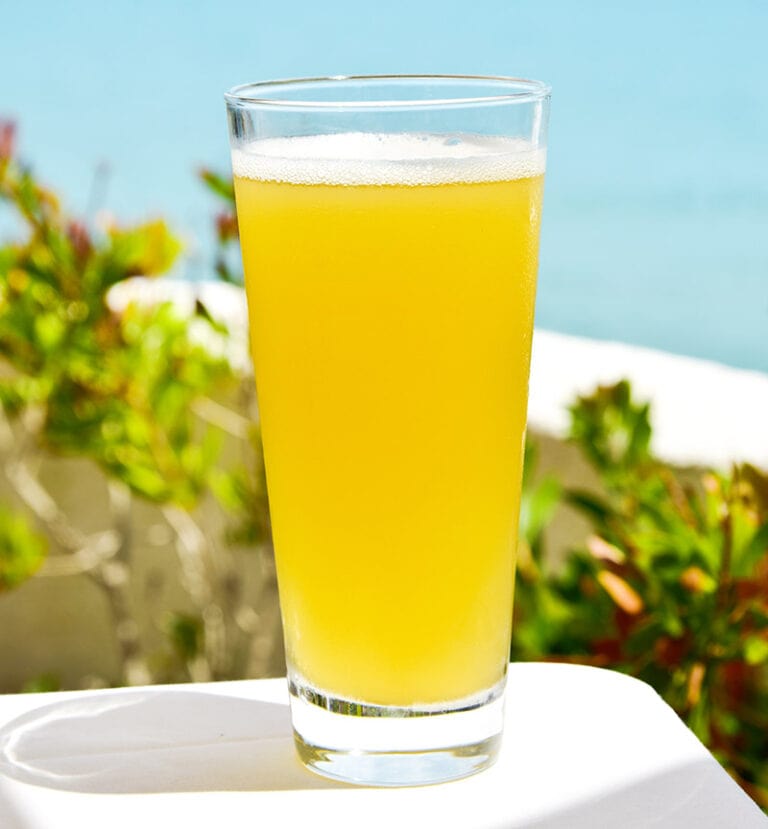
Clara
Clara is a renowned Spanish beverage made with Spanish beer and lemonade or lemon-flavored tonic water.

Vermouth
Vermouth is a fragrant fortified wine in Spain. Depending on the varieties, it can use white grapes, red grapes, or a mix of both.

Sherry
Sherry is a Spanish white wine made from grapes grown near the city of Jerez de la Frontera in Cádiz.
Have you found your favorite drink yet? Don’t hesitate to check out the full compilation of the best Spanish beverages to diversify your options.
Spanish fruits and vegetables are equally important in local cuisine. To give you an all-rounded knowledge, I will cover this topic next.
What Vegetables Are Used in Spanish Cuisine?
As part of the Mediterranean, Spain is home to many excellent vegetables. Here are some of the most widely consumed options in the country.
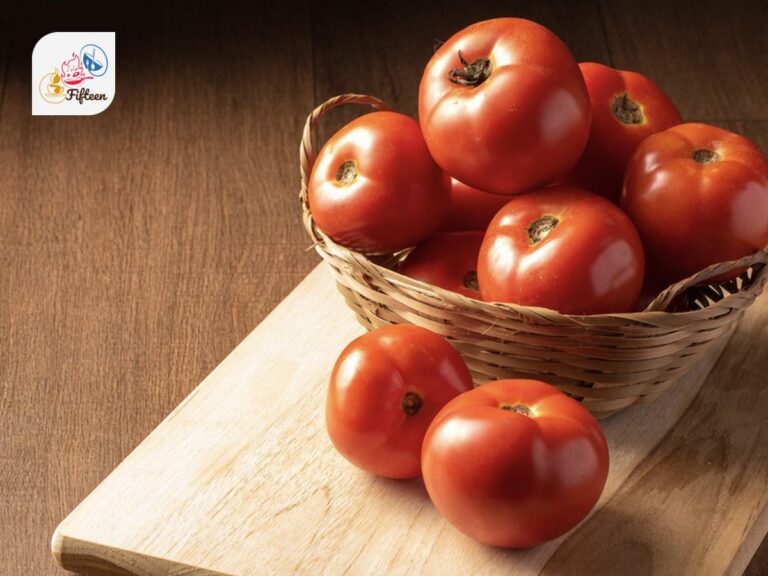
Tomato
Tomato is a versatile Spanish vegetable with multiple applications in salads, sauces, hot and cold soups, and many savory dishes.
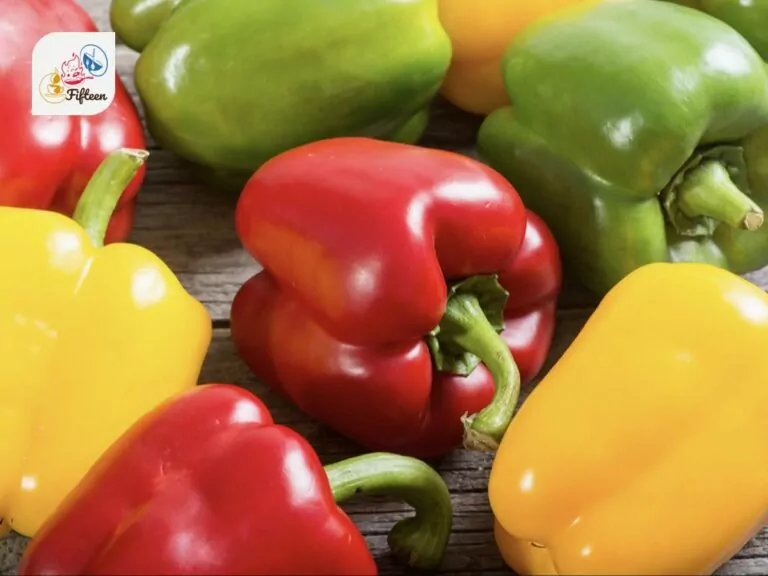
Bell Pepper
Bell pepper is commonly used in Spanish cooking to impart a grassy sweetness and vibrant flavors to various dishes.
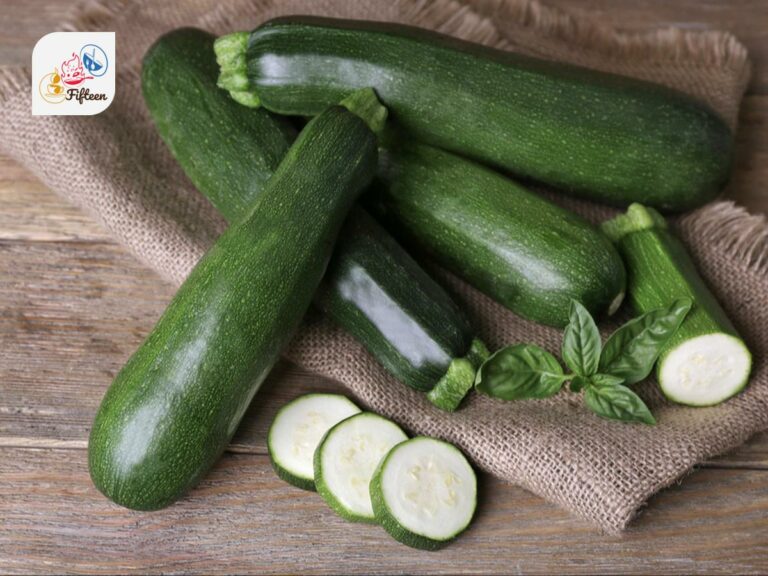
Zucchini
Zucchini is often used as a summer vegetable in baked or sautéed dishes, adding a soft texture and mild flavor.
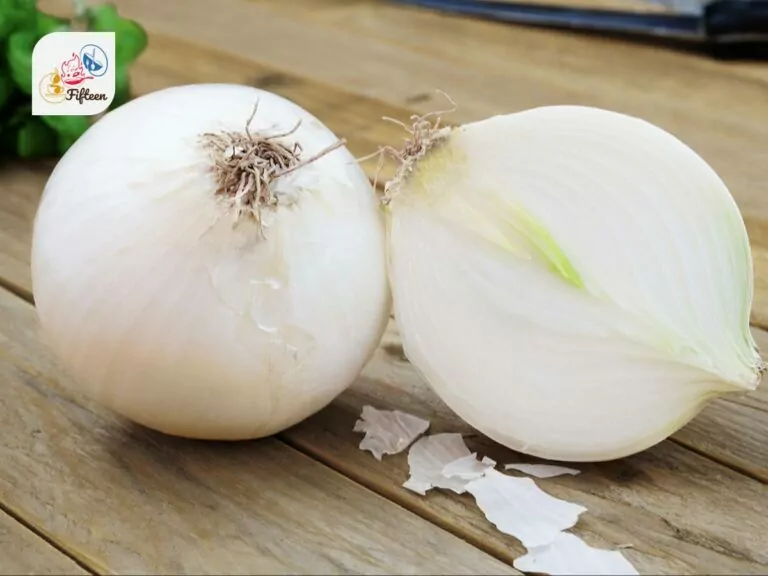
Onion
Onion provides a flavorful foundation for many Spanish specialties, from stews to seafood dishes.
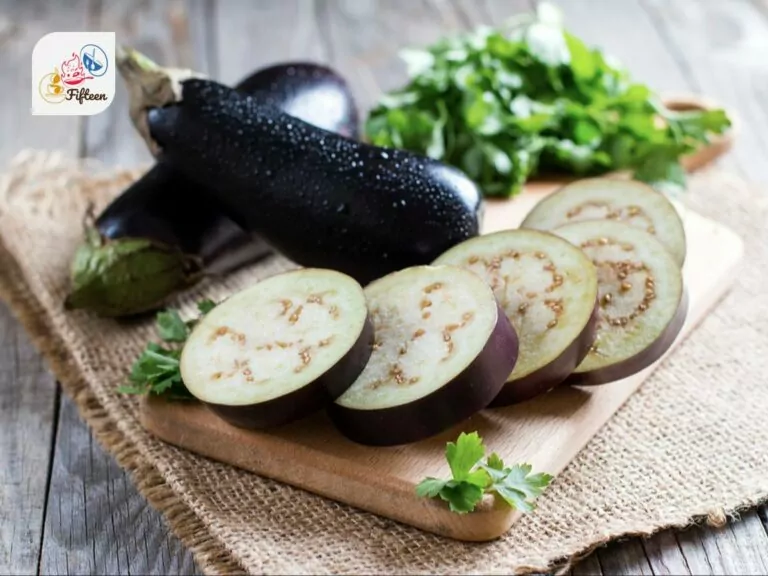
Eggplant
Eggplant is a popular choice in Spain for vegetable-centric dishes because of its rich, meaty texture.
Which Spanish fruits do you like best? I’d love to hear different opinions in the comment section. If you have any tips or stories to share, go ahead and make my day! Before you leave, please share this list of Spanish fruits with your friends!


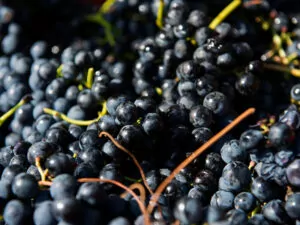

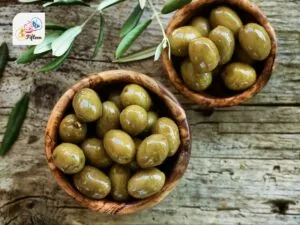
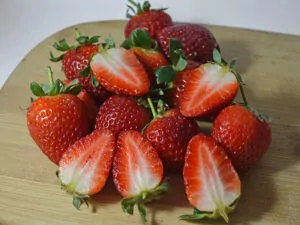
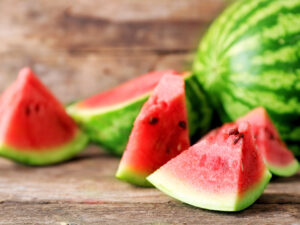

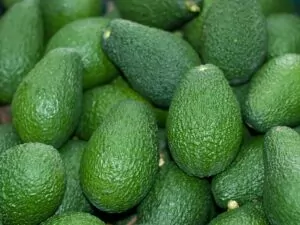
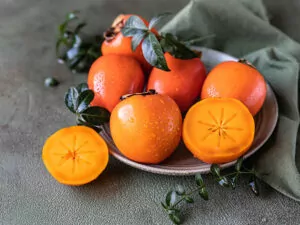
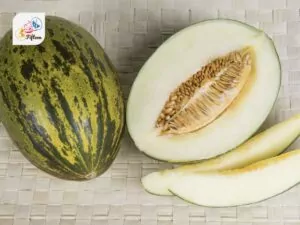
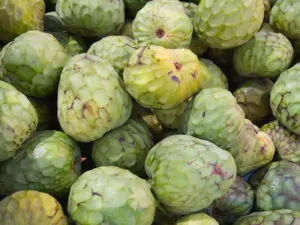
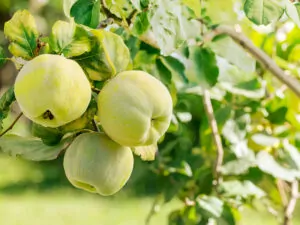
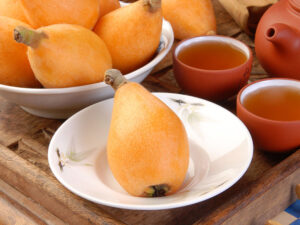
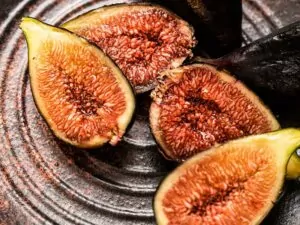
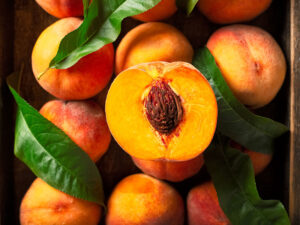
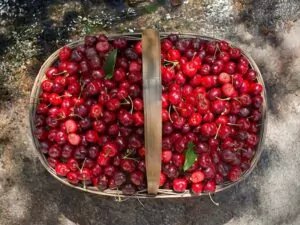
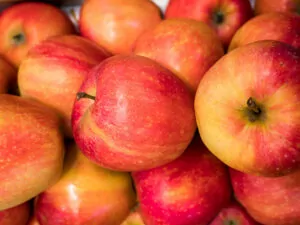
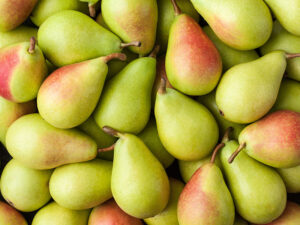
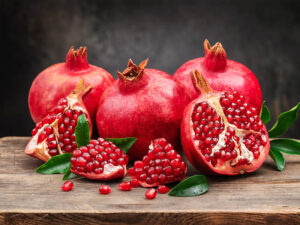

Jamie Scott
Editor in Chief, Senior Content Writer
Expertise
Home Cooking, Meal Planning, Recipe Development, Baking and Pastry, Food Editor, Cooking-video Maker, Western Food Evaluation Expert
Education
Le Cordon Bleu College of Culinary Arts
Local Community College, New York, NY
Jamie Scott is a skilled culinary expert and content creator specializing in Western cuisine. With over 15 years in the culinary field and formal training from Le Cordon Bleu, Paris, Jamie deeply understands how to blend nutrition with delicious flavors. His passion for cooking matches his commitment to making healthy eating accessible and enjoyable.
On Fifteen.net, Jamie brings a fresh perspective to classic dishes and beverages, offering readers insightful recipes, cooking tips, and a fresh view on meal planning that emphasizes taste, health, and simplicity.